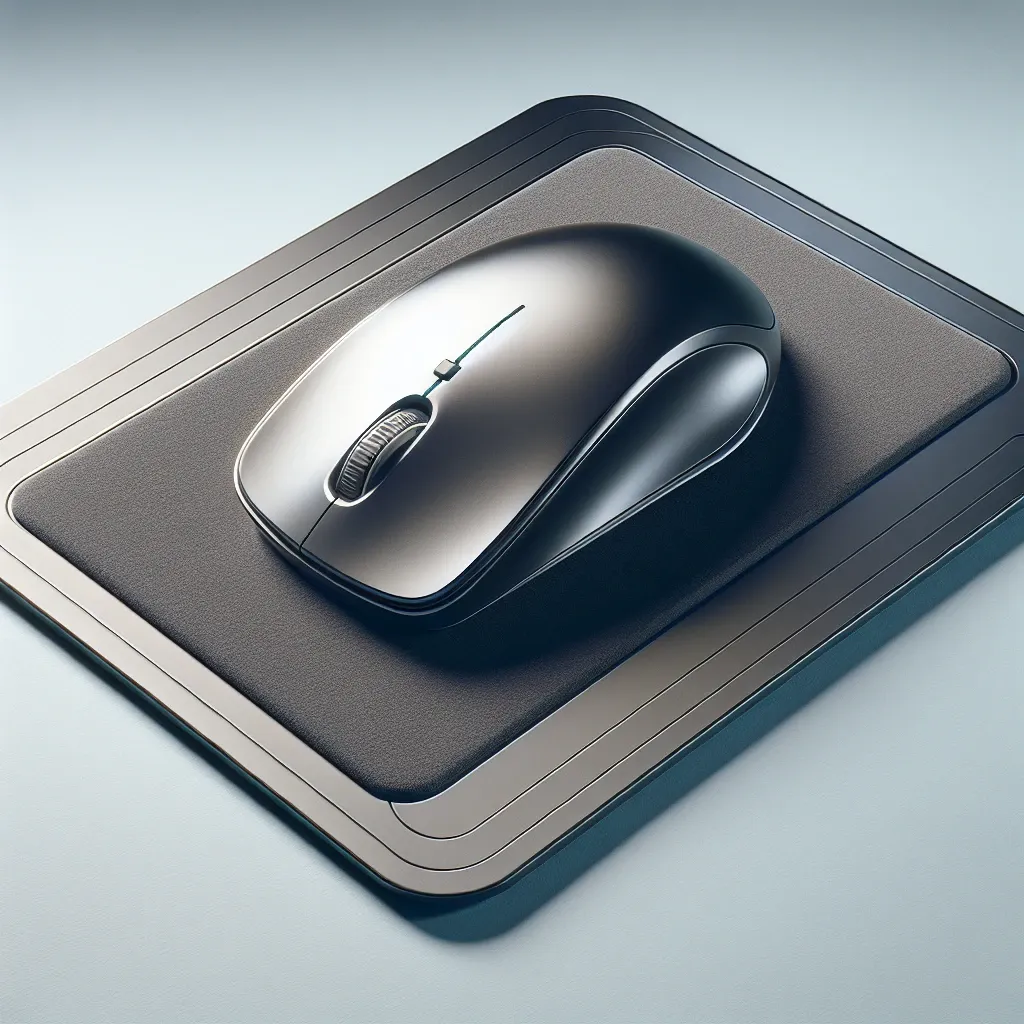In an age where comfort is paramount in our daily computer usage, many individuals are turning to ergonomic mouse pads to enhance their experience. As the dependency on technology grows, so does the need for supportive and comfortable accessories like mouse pads. But many wonder if these ergonomic mouse pads are compatible with wireless mice. In this article, we’ll dive into the functionality, compatibility, and benefits of using ergonomic mouse pads with wireless mice, providing you with all the necessary information you need to make an informed decision.
| Feature | Ergonomic Mouse Pads | Wireless Mice |
|---|---|---|
| Purpose | To relieve wrist strain and enhance comfort | To provide freedom of movement without being tethered |
| Surface Material | Varies (foam, gel, cloth) | Compatible with various surfaces |
| Compatibility | Generally compatible with all types of mice | Usually functional on all mouse pads |
| Wrist Support | Built-in for added comfort | N/A |
| Adjustability | Fixed design | Varies with models |
Understanding Ergonomic Mouse Pads
Ergonomic mouse pads are designed to promote a natural hand position and alleviate discomfort caused by extensive mouse use. They often feature zones that accommodate the wrist and forearm to reduce strain, which can help prevent repetitive strain injuries (RSIs). These mouse pads come in various styles, materials, and shapes, catering to different user preferences and needs.
Key Features of Ergonomic Mouse Pads
- Wrist Support: Many ergonomic mouse pads boast a cushioned wrist rest, which serves to elevate the wrist and maintain a neutral position while using a mouse.
- Surface Texture: The texture of the mouse pad can affect tracking precision. A smooth surface allows for seamless mouse movement, while a textured surface can provide more control.
- Anti-Slip Base: Many ergonomically designed pads include a non-slip base to keep them securely in place during usage, ensuring that your hand remains comfortable and unaffected by unnecessary movements.
- Material Variety: Ergonomic mouse pads are made from a variety of materials such as memory foam, gel, and cloth, providing options for personal comfort preferences.
How Wireless Mice Function
Wireless mice operate using radio frequency (RF), Bluetooth, or optical tracking. They eliminate the need for a cable, providing users with unmatched flexibility in their workspace. But how does this affect the compatibility with ergonomic mouse pads?
Advantages of Wireless Mice
- Freedom of Movement: Without being tethered by a cord, users can navigate their workspace more freely, adjusting their position as needed.
- Sleek Design: Many wireless mice are designed to be more compact, further reducing clutter on the desk.
- Battery Life: Modern wireless mice now come with long-lasting batteries, making their use more convenient without the constant need for replacements.
Compatibility of Ergonomic Mouse Pads with Wireless Mice
The short answer is yes; ergonomic mouse pads are generally compatible with wireless mice. However, the following elements can impact their performance:
Surface Texture
Wireless mice rely on the surface texture of the mouse pad for tracking precision. Ergonomic mouse pads that have a smooth and even surface can enable wireless mice to operate efficiently. On the other hand, textured surfaces may hinder the mouse’s ability to track movements accurately.
Material Considerations
The material of the ergonomic mouse pad can also influence compatibility. For instance, gel or memory foam pads can give a softer feel, which may or may not suit every user. While some may enjoy the comfort, others may find it hinders their mouse’s tracking ability if it creates additional resistance.
Choosing the Right Ergonomic Mouse Pad for Wireless Mice
To ensure the best compatibility with your wireless mouse, consider the following factors:
1. Pay Attention to Surface Type
Opt for mouse pads with a surface designed for high precision tracking if you perform tasks that require accuracy, like graphic design or gaming.
2. Check for Wrist Support
Make sure the wrist support provides comfort without obstructing mouse movements. Your wrist support should facilitate a natural wrist position without forcing your hand into an awkward angle.
3. Test for Comfort
Before making a purchase, it’s essential to test various mouse pad styles and materials to determine which ones feel best for you. Comfort should always come first.
4. Cleanliness and Maintenance
Wireless mice can sometimes track poorly due to dirt on the mouse pad. Choose an ergonomic mouse pad that’s easy to clean, whether it’s machine washable or can be wiped down easily.
The Benefits of Using Ergonomic Mouse Pads with Wireless Mice
Using an ergonomic mouse pad with a wireless mouse can provide numerous benefits:
- Improved Comfort: Ergonomic mouse pads offer a comfortable resting place for your wrist, significantly reducing fatigue during prolonged use.
- Enhanced Productivity: With fewer distractions from discomfort, users often find they can maintain productivity for longer periods of focused work.
- Injury Prevention: Consistent use of ergonomic accessories can help prevent RSI and conditions like carpal tunnel syndrome.
- Better Tracking: Quality ergonomic mouse pads provide an optimal surface that enables wireless mice to track movements more accurately, improving overall performance and precision.
Conclusion
To summarize, ergonomic mouse pads are indeed compatible with wireless mice. Ensuring that you choose the right mouse pad based on its features can greatly enhance your computing experience. Comfort, support, and precision are crucial factors to consider while selecting your next mouse pad. By investing in an ergonomic mouse pad, you will not only improve your comfort but also support your health and productivity while using a wireless mouse.

